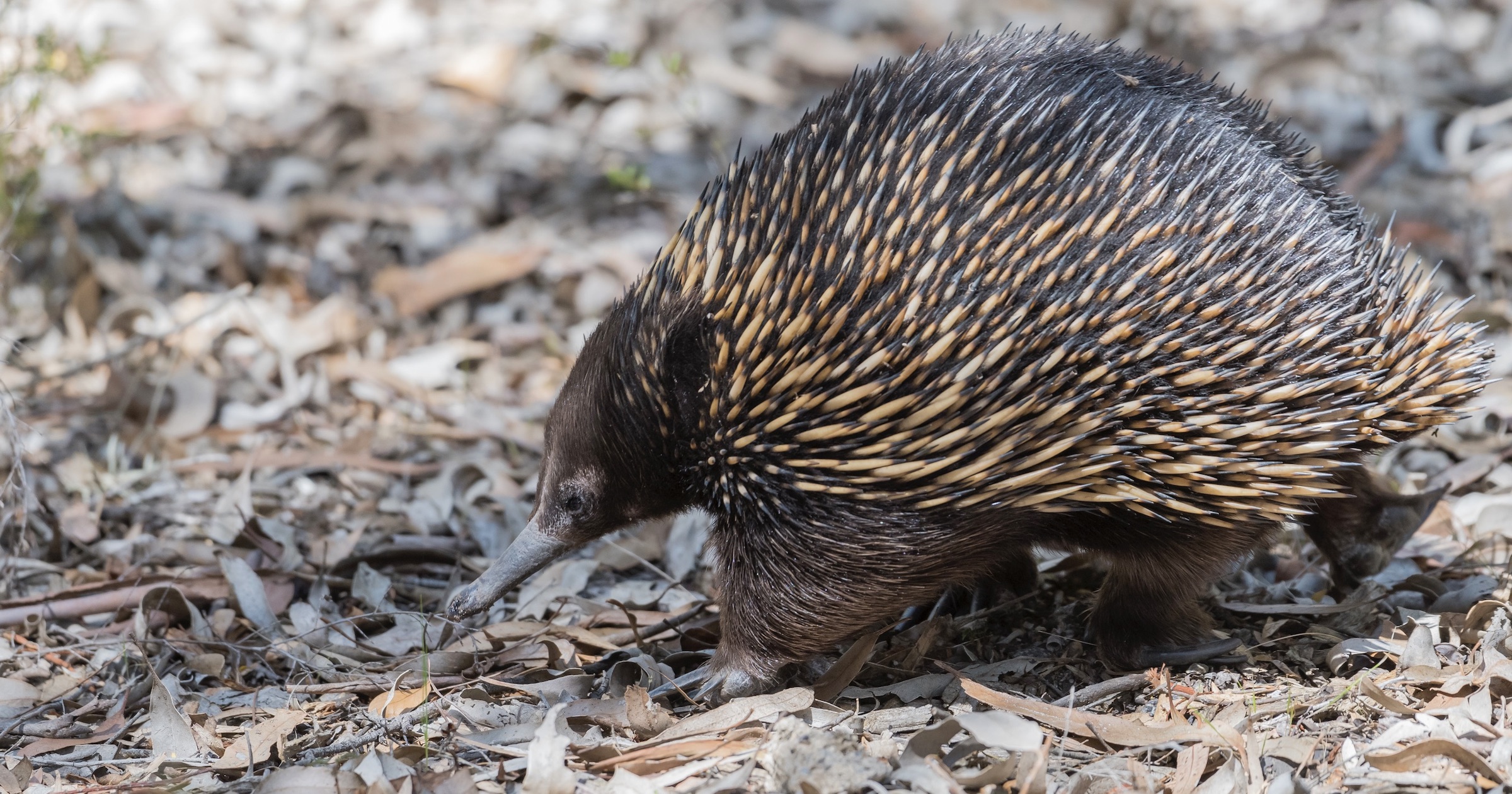 Evolution
Evolution
 Life Sciences
Life Sciences
Top Scientific Problems with Evolution: Homology

Editor’s note: We are delighted to present a series by biologist Jonathan Wells on the top scientific problems with evolution. This is the second entry in the series, excerpted from the new book The Comprehensive Guide to Science and Faith: Exploring the Ultimate Questions About Life and the Cosmos. Find the full series so far here.
Classically, homology meant similarity of structure and position: for example, in the bones in the human hand and the wing of a bat. Darwin considered homologies to be evidence of common ancestry. He wrote in On the Origin of Species,
What can be more curious than that the hand of a man, formed for grasping, that of a mole for digging, the leg of the horse, the paddle of the porpoise, and the wing of the bat, should all be constructed on the same pattern, and should include the same bones, in the same relative positions?1
Darwin regarded this as inexplicable if all species were separately created: “On the ordinary view of the independent creation of each being, we can only say that so it is; — that it has so pleased the Creator to construct each animal and plant.”2 (In the fourth edition of On the Origin of Species, Darwin added “but this is not a scientific explanation.”3) Instead, he argued, homologies were explicable by his hypothesis of descent with modification:
If we suppose that the ancient progenitor, the archetype as it may be called, of all mammals, had its limbs constructed on the existing general pattern, for whatever purpose they served, we can at once perceive the plain signification of the homologous construction of the limbs throughout the whole class.4
Camera Eyes, Spines, and More
Yet animals and plants possess many features that are similar in structure and position but are clearly not derived from a common ancestor with those features. The camera eye of a vertebrate and the camera eye of a squid or octopus are remarkably similar, but no one thinks they were inherited from a common ancestor that possessed a camera eye. The spines of Australian echidnas and North American porcupines are remarkably similar, yet echidnas give birth by laying eggs, while porcupines give birth to live babies after nurturing them in a womb, like human beings. This fundamental difference means that echidnas and porcupines had very different origins, and they did not inherit their spines from a spiny common ancestor. The folds of skin between the forelimbs and hind limbs of Australian flying phalangers and North American flying squirrels are very similar. Yet the former give birth to fetuses that crawl into a pouch to complete development, like kangaroos, while the latter nurture their fetuses in a womb, like human beings. Again, they had very different origins.5
Examples also include the pits of sticky nectar in carnivorous plants, which apparently originated separately six different times.6 Plants of the euphorbia genus in Africa have thickened, fleshy stems to store water and prickly spines instead of leaves, like plants of the cactus family in the Americas, yet they originated separately under very different conditions.7
Except When It Isn’t
So similarity of structure and position is evidence for common ancestry, except when it isn’t. Modern biologists call similarity not due to common ancestry convergence, and they have redefined homology to mean similarity due to common ancestry. Berkeley evolutionary biologist David Wake wrote in 1999, “Common ancestry is all there is to homology.”8 But according to philosopher of biology Ronald Brady, “By making our explanation [common ancestry] into the definition of the condition to be explained [homology], we express not scientific hypothesis but belief.”9
Reasoning in a Circle
Furthermore, once homology is defined in terms of common ancestry, it cannot logically be used as evidence for common ancestry. To do so would be to reason in a circle: How do we know that feature A and feature B are descended from a common ancestor? Because they are homologous. How do we know that A and B are homologous? Because they are descended from a common ancestor.10
Another problem with using homology as evidence for common ancestry is that examples of convergence are widespread. Cambridge paleobiologist Simon Conway Morris wrote in 2003 that “convergence is ubiquitous.” He concluded, “Not only is the Universe strangely fit to purpose, but so, too…is life’s ability to navigate to its solutions.”11So similarities in structure and position do not provide clear-cut evidence for the common ancestry aspect of evolution.
Tomorrow, the problem of fossils.
Note: This post has been updated.
Notes
- Charles Darwin, Origin of Species, 1st ed. (1859), 434, http://darwin-online.org.uk/content/frameset?pageseq=453&itemID=F373&viewtype=side (accessed August 23, 2020).
- Darwin, Origin of Species, 1st ed., 435.
- Charles Darwin, Origin of Species, 4th ed. (1866), 513, http://darwin-online.org.uk/content/frameset?pageseq=545&itemID=F385&viewtype=side (accessed August 23, 2020).
- Darwin, Origin of Species, 1st ed., 435.
- Jonathan Wells, Zombie Science: More Icons of Evolution (Seattle, WA: Discovery Institute Press, 2017), 44-47.
- Thomas J. Givnish, “New evidence on the origin of carnivorous plants,” Proceedings of the National Academy of Sciences USA 112 (2015), 10-11.
- Leonardo O. Alvarado-Cárdenas, Enrique Martínez-Meyer, Teresa P. Feria, Luis E. Eguiarte, Héctor M. Hernández, Guy Midgley, and Mark E. Olson, “To converge or not to converge in environmental space: Testing for similar environments between analogous succulent plants of North America and Africa,” Annals of Botany 111 (2013), 1125-1138.
- David B. Wake, “Homoplasy, homology and the problem of ‘sameness’ in biology,” Novartis Symposium 222—Homology, eds. G.K. Bock and G. Cardew (Chichester, UK: John Wiley & Sons, 1999), 45.
- Ronald H. Brady, “On the independence of systematics,” Cladistics 1 (1985), 113-126.
- Wells, Zombie Science, 42.
- Simon Conway Morris, Life’s Solution: Inevitable Humans in a Lonely Universe (Cambridge, NY: Cambridge University Press, 2003), 283, 327.
